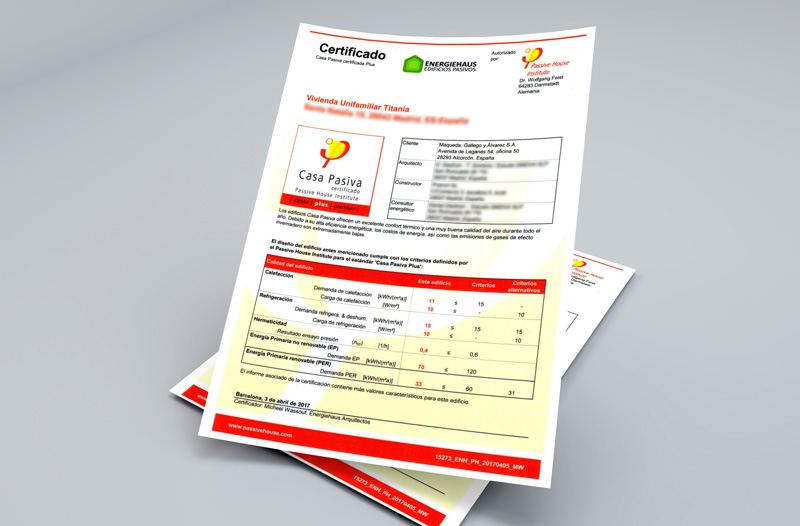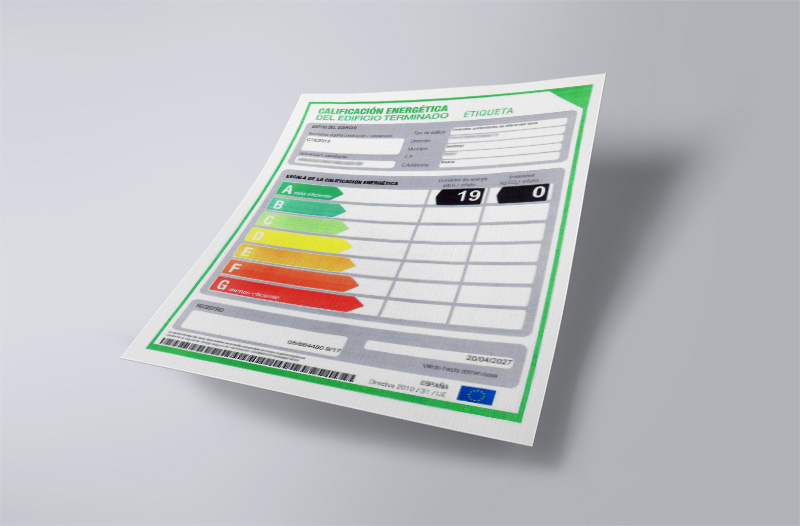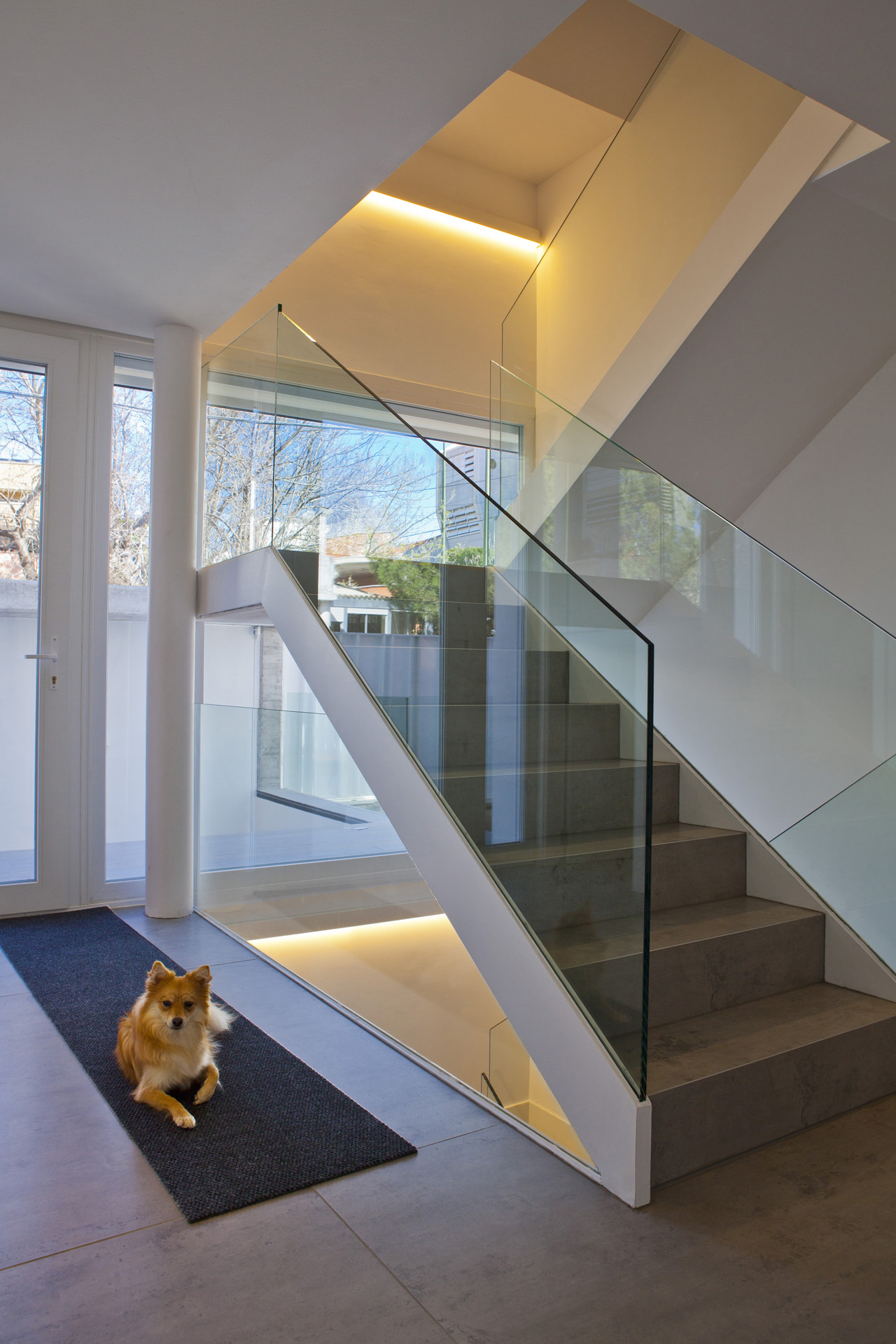ENERGY SAVING DESIGN
Passivhaus buildings manage to reduce 90% of the heating and refrigerating needs. The little additional energy they need can be easily obtained from renewable energies, which makes this a building with very low energy costs to the owner and to the ecosystem.
Intelligent Architecture
An architecture which optimizes the resources by using passive techniques, such as the design of shapes, the direction constructions are facing…
This standard does not entail the use of a specific type product, material or architectural style, but the optimization of existing resources by using passive techniques, such as a good form factor that reduces the surface which is in contact with the outside in order to reduce the heating or cooling needs, a correct window orientation to capture as much of the sun’s energy as possible when windows are closed and to enjoy natural ventilation when they are open, or installing shading systems that prevent overheating in summer, etc.
Applied Engineering
The Passivhaus standard assesses the need for make-up air units based on occupation
Efficiency
Its ventilation system imperceptibly provides the necessary fresh air. This air is previously filtered in the heat recovery system and, together with the high degree of insulation and the temperature homogeneity of the surfaces surrounding the rooms (floors / walls / ceilings), prevents the formation of damp patches and the generation of mould. Thus, an excellent acoustic, thermal and air quality comfort is achieved.
Passivhaus
Certification
 Landevel has obtained the Passivhaus Plus certification in its first passive project.
Landevel has obtained the Passivhaus Plus certification in its first passive project.


THE BEST CONSTRUCTION
Landevel uses the most advanced and upgraded construction techniques in order to build the best homes.
Advanced and Efficient Construction Systems
This standard does not entail the use of a specific type product, material or architectural style, but the optimization of existing resources by using passive techniques, such as a good form factor that reduces the surface which is in contact with the outside in order to reduce the heating or cooling needs, a correct window orientation to capture as much of the sun’s energy as possible when they are closed and to enjoy natural ventilation when they are open, or installing shading systems that prevent overheating in summer, etc.
The buildings of almost zero consumption are collected by the European Union in directive 2010/31 on the energy efficiency of buildings that urges all the countries of the Union to start building them from 2019.
Landevel uses the most advanced energy efficiency standard in the world, establishing very demanding requirements in terms of limiting energy demand and building tightness.
Our buildings achieve a high degree of insulation, unbeatable indoor comfort, acoustic, thermal and air quality combined with almost zero energy consumption.





